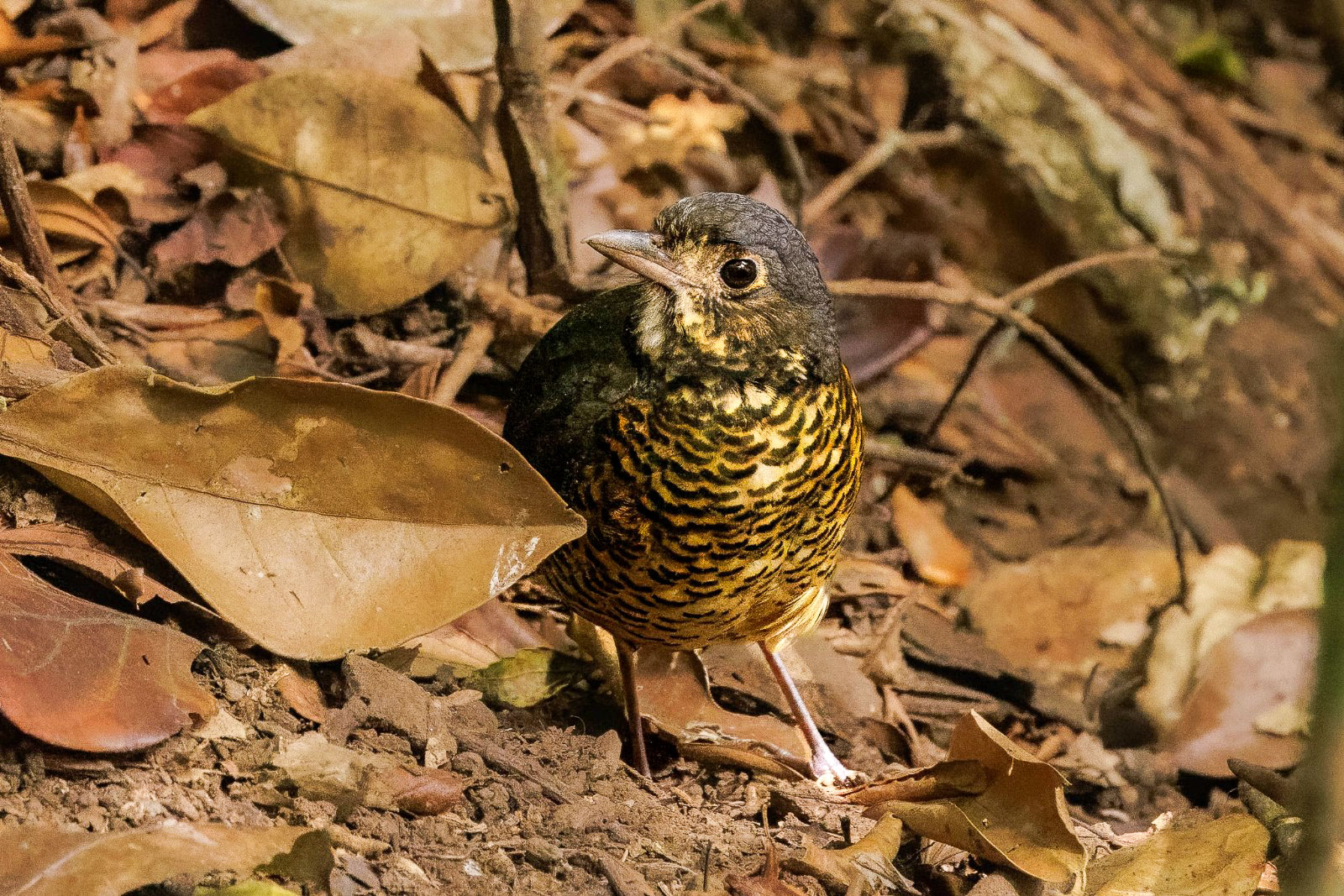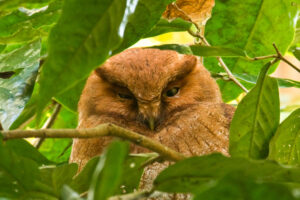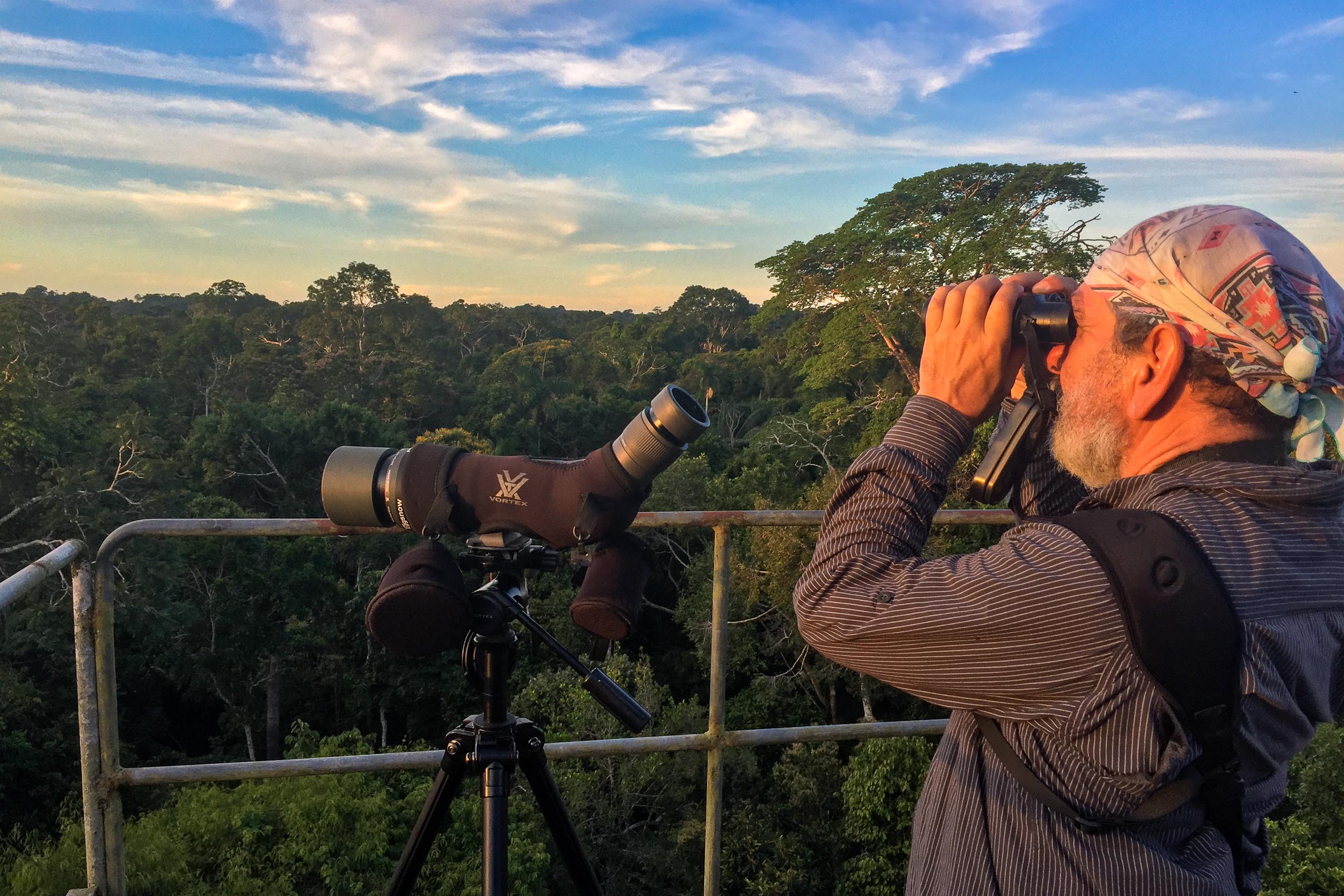An exciting discovery has shaken the scientific community: a possible new species of Grallaire has been observed in the Sierra Nevada de Santa Marta, Colombia. The discovery, made by ProAves Foundation team member Nemesio Gulfo, has aroused great interest in the world of ornithology.
The bird in question was spotted near the ecological lodge of the ProAves El Dorado Reserve, where ProAves ornithologists attempted to identify it. After an in-depth analysis involving detailed observations, song recordings and precise measurements, it was concluded that this specimen represents a possible new species or subspecies for science.

The bird has unique features, such as a gray head contrasting with olive back and wings, as well as a bright white “beard” and distinctive black collar around the neck. Although originally thought to resemble Grallaria squamigera, more detailed analysis revealed significant differences.
This discovery is particularly noteworthy given the importance of the Sierra Nevada de Santa Marta as a hotspot for biodiversity and endemism. Despite considerable birdwatching efforts in the region over recent decades, this new species has gone unnoticed until now, underlining the need to continue exploring and protecting these unique ecosystems.
For birdwatchers, the search for geographically restricted bird species in the Cordillera de Santa Marta focuses primarily on endemics:
The Cordillera de Santa Marta in northern Colombia is a spectacular and diverse mountain range. It is home to an exceptional biodiversity that is unique in the world, due to its geographical isolation and wide altitudinal variation, ranging from the beaches of the Caribbean Sea to snow-capped peaks over 5,700 meters above sea level. The region is recognized as a biodiversity hotspot, with a large number of endemic and endangered species. The Sierra Nevada de Santa Marta is also rich in pre-Columbian cultures and native traditions, with indigenous communities living in the mountainous areas for millennia. The cordillera’s varied ecosystems include tropical rainforests, high-altitude grasslands, peat bogs, páramo areas and glaciers, providing a vital habitat for a multitude of plant and animal species. This mountainous region plays a crucial role in climate regulation, the supply of fresh water and the preservation of biodiversity in Colombia.

Although further research and evidence is required to officially confirm its status as a new species, this exciting discovery highlights the importance of biodiversity conservation in Colombia and the crucial role of private reserves as an effective mechanism for protecting unique and threatened ecosystems and species.
The research team, in collaboration with the University of Antioquia, plans to publish its findings next year, providing a solid foundation for future studies and conservation efforts. This discovery reminds us of the importance of preserving and protecting natural habitats to ensure the survival of species and the health of our ecosystems.
However, a debate rages among ornithologists and experts in the field. Although information has been given on the capture, measurement and release of specimens, part of the international community and in particular many birdwatching guides express reservations about the validity of this discovery.
One point of contention is the lack of a physical specimen to support the discovery. Although feather and blood samples have been taken, some experts feel that this is not enough to confirm the existence of a new species. Moreover, the morphological differences observed, such as the distinctive black collar around the neck, may not be sufficient to justify classification as a distinct species.
On the other hand, it has been suggested that vocalizations and DNA might provide stronger evidence for the identity of these birds. However, to date, no conclusive evidence has been provided in this respect.
Moreover, some suggest that the sighting could simply be a variation of an existing species in the region, rather than a totally new species, or in turn a possible subspecies.
Despite these uncertainties, the discovery has generated a great deal of interest in the scientific community, and further research is expected to resolve this intriguing question. Meanwhile, the debate over the identity of this possible new Antpitta species continues, leaving ornithologists and scientists with more questions than answers.
Does this article intrigue you? Does this possible new species intrigue you? Want to see for yourself if the discovery is true? Our Santa Marta to Perija tour is perfect for that: discover our tour From Santa Marta to Perija







